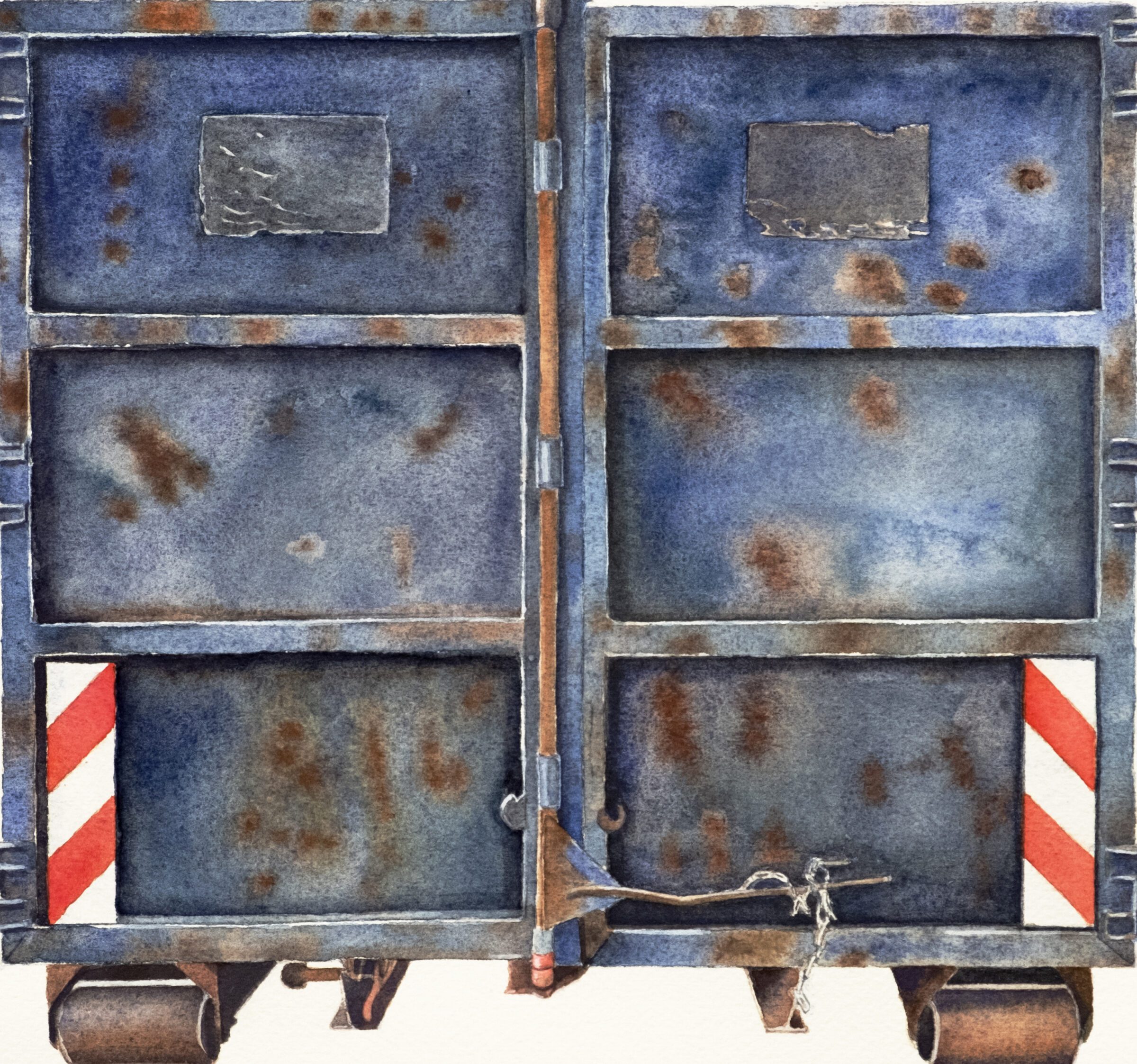miCRo: “Young Lady of Riga” by Catharina Coenen
2 Minutes Read Time

Assistant Editor Madeleine Wattenberg: The limerick upon which Catharina Coenen’s “Young Lady of Riga” is based recounts a seemingly simple adventure—a girl rides out on the outside of a tiger and returns inside it. Yet Coenen identifies in this inside-outness the image of the Russian doll, where “the newest hull grows ‘round the old, like tree rings, or inside-out pregnancies” and thus derives an increasingly complex tension between hidden interiorities and agency. This poem is a great pleasure to read in part because the form masterfully reflects its content via internal rhyme and a forward-driving tigerly trochaic stride. Direct address offers the reader a dare: “[s]hake her up and listen close.” So listen close.
To hear Catharina read her piece, click below:
Young Lady of Riga
Remember the one about the Russian doll? Where Tiger rhymes with grin, and fat cats eat canaries whenever a girl acts brave? All she thought about was wind, muscle exploding into speed beneath her thighs, fingers clamped to fur. Whirring tree-trunk shadows, lungs blown wide with scent of spruce and pine! How could she help but laugh? You think a woman’s smile is pout and paint, all shiny lacquer on balsa wood? Weightless, like a model airplane, nothing inside but fumes of glue? Shake her up and listen close: you’ll hear the rattle of another doll and another in her. The newest hull grows ’round the old, like tree rings, or inside-out pregnancies. Self-birthing is a girl’s defense: Wherever Tiger scratches deep, you don another skirt or fatten up. Keep the lacquer handy. Paint the smile. Cinch the saddle and grab your whip.
Catharina Coenen is a first-generation German immigrant to northwestern Pennsylvania. Her essays and poems have appeared in the American Scholar, Southampton Review Online, Christian Science Monitor, Split Rock Review, the Spectral Lines anthology published by Alternating Current Press in 2019, and elsewhere.
For more miCRo pieces, [button link=”https://www.cincinnatireview.com/micro/”] CLICK HERE[/button]

